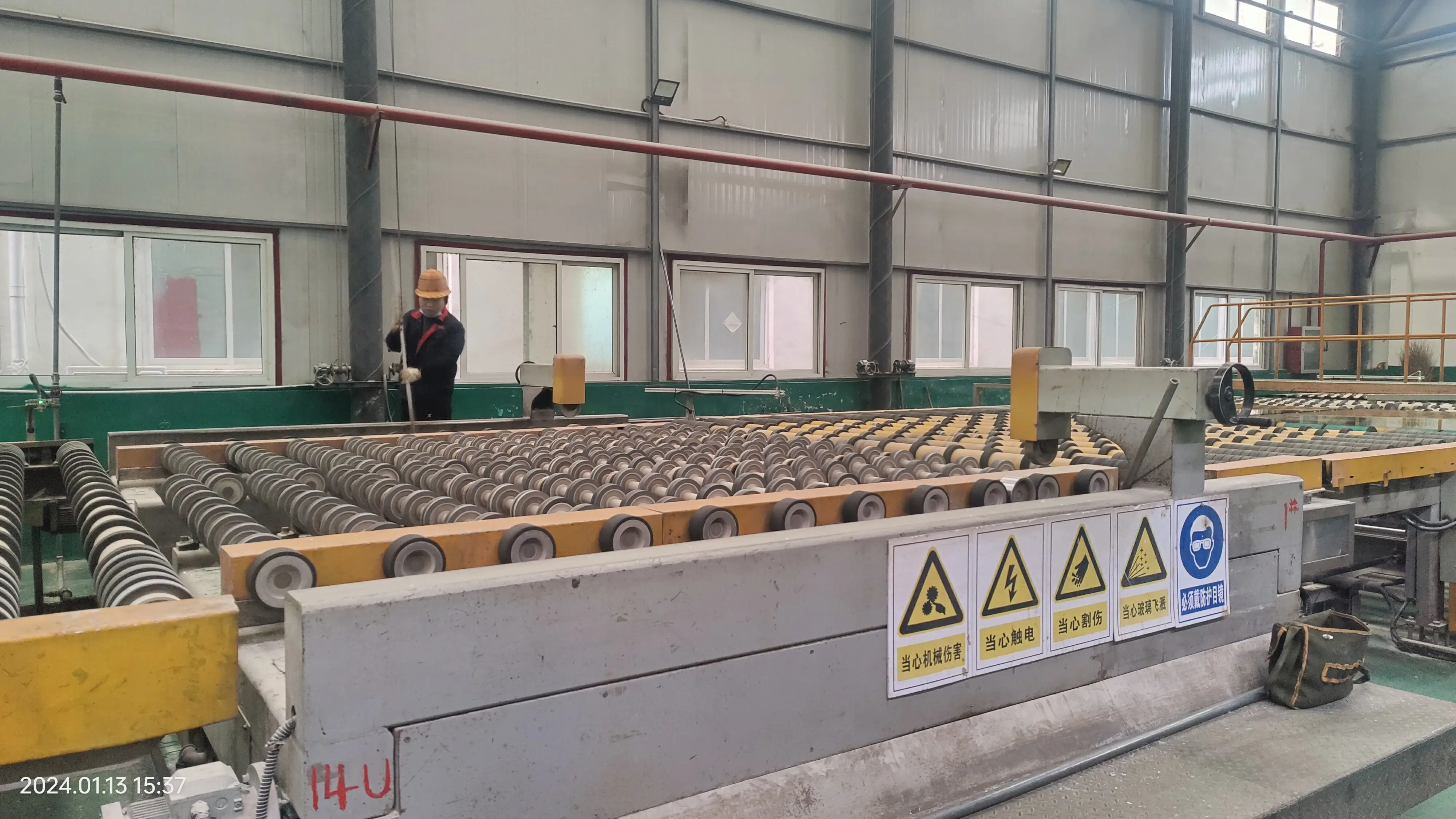

The Beauty and Functionality of Patterned Glass
Patterned glass, with its intricate designs and varied textures, has become a popular choice in architecture and home decor. Its unique ability to diffuse light while maintaining a sheer level of privacy makes it an ideal material for numerous applications, ranging from windows to decorative partitions. This article delves into the characteristics, types, and uses of patterned glass, as well as its contributions to aesthetics and functionality in modern design.
Characteristics of Patterned Glass
At its core, patterned glass is glass that has been treated or crafted to possess distinct surface designs. These designs not only enhance its visual appeal but also alter its properties in terms of light transmission and privacy. The surface patterns can range from subtle textures to bold designs, and they can be created through various methods, including pressing, sandblasting, and etching.
One of the most notable characteristics of patterned glass is its ability to filter light. The textured surfaces scatter incoming light, creating interesting plays of light and shadow while softening harsh sunlight. This quality is particularly advantageous in spaces where ambient light is desired without sacrificing privacy. By using patterned glass, homeowners and architects can achieve a harmonious balance between openness and seclusion.
Types of Patterned Glass
There are several types of patterned glass, each with its unique style and application. Some of the most common types include
1. Obscured Glass This type features a semi-transparent surface that effectively blocks visibility while still allowing light to pass through. It is often used in bathrooms and other private areas.
2. Frosted Glass Created through sandblasting or acid etching, frosted glass has a smooth, matte finish that diffuses light beautifully. It is commonly used for shower doors and interior partitions.

3. Textured Glass Available in a variety of patterns such as waves, ripples, and geometric shapes, textured glass can add a touch of elegance to any space. It is frequently used in windows and as decorative elements in furniture.
4. Colored Patterned Glass Adding color to the mix allows for even greater creative expression. Colored patterned glass can be utilized to enhance the aesthetic appeal of facades, skylights, and more.
Uses of Patterned Glass
Patterned glass is versatile and can be used in various applications. In residential settings, it is frequently found in bathrooms, where privacy is essential. Frosted or obscured glass can be employed in shower enclosures, bathroom windows, and cabinetry.
In commercial spaces, patterned glass can significantly enhance the overall ambiance. Offices often utilize it in conference rooms for privacy while maintaining an inviting atmosphere. Additionally, retail environments may employ decorative patterned glass in displays or store fronts to catch the eye of potential customers.
Moreover, patterned glass is increasingly prevalent in architectural design. It graces the façades of modern buildings, providing both aesthetic appeal and functional benefits such as climate control. Architects use it strategically to create visually striking designs while optimizing natural light and energy efficiency.
Conclusion
Patterned glass stands out as a remarkable material that marries beauty with functionality. Its ability to diffuse light, provide privacy, and enhance aesthetic appeal makes it a favored choice among designers and architects. As trends in interior and architectural design continue to evolve, patterned glass will undoubtedly play a significant role in shaping the environments we inhabit. Its versatility allows for endless creativity, making it a timeless addition to any space. Whether used in a residential bathroom or as a striking feature in a skyscraper, patterned glass remains a testament to the interplay between form and function in modern design.